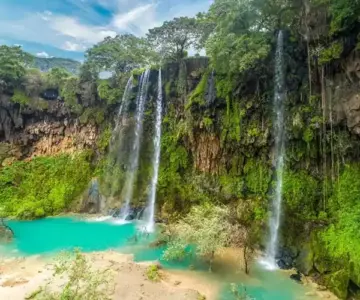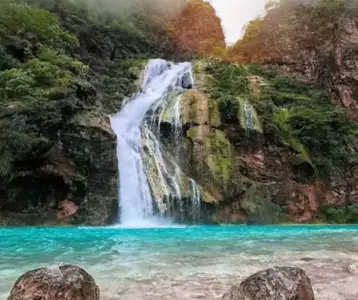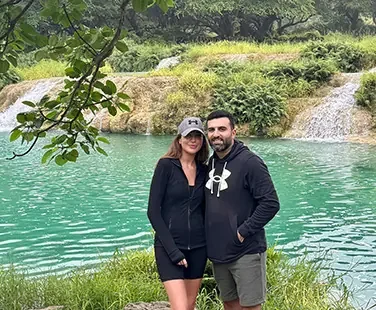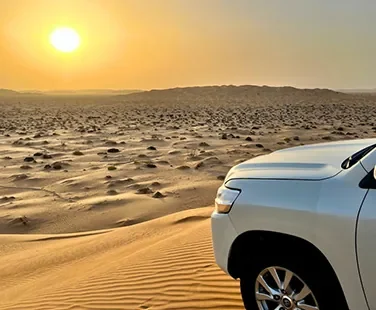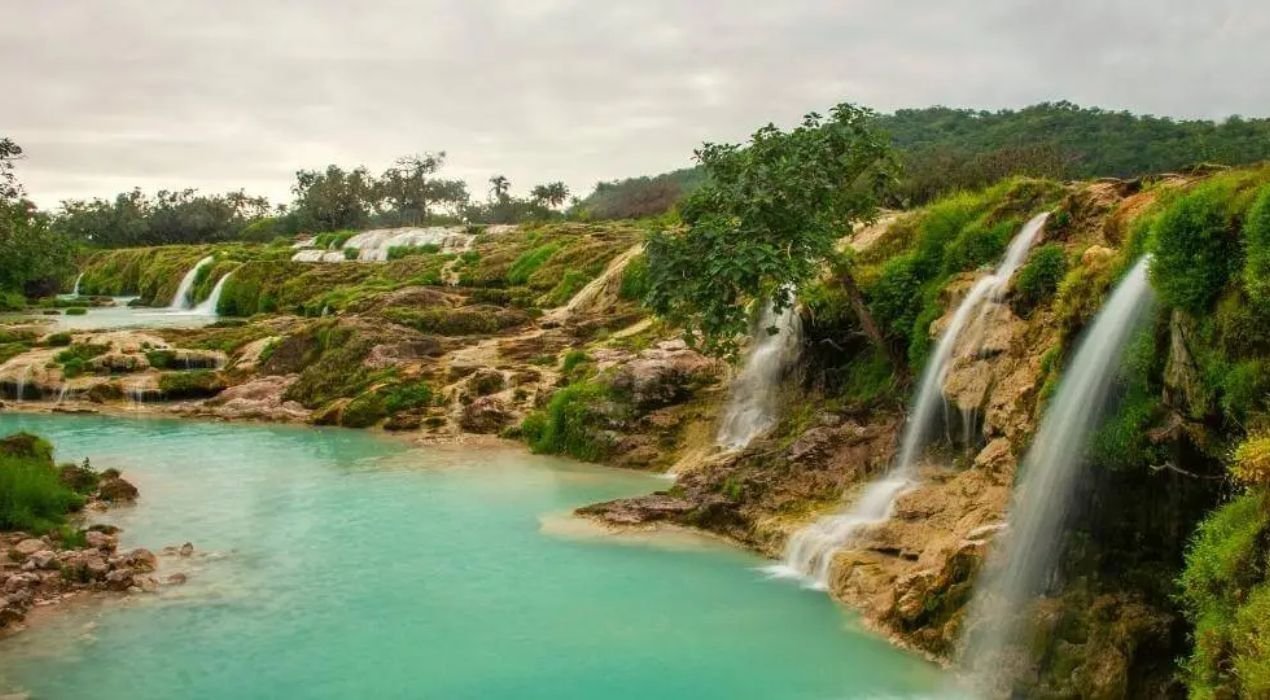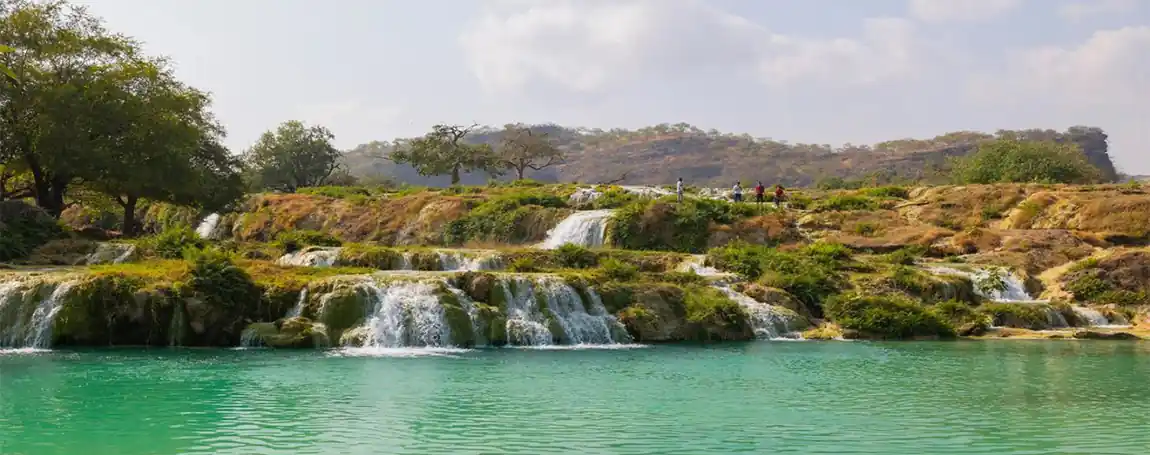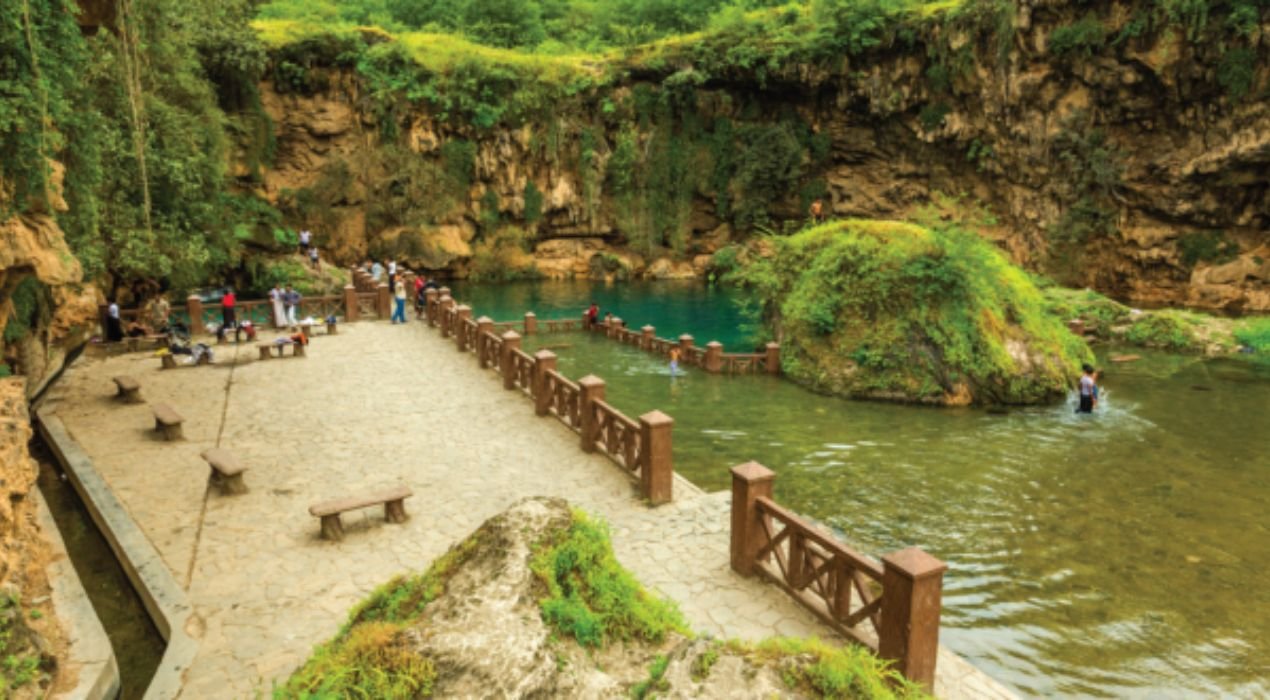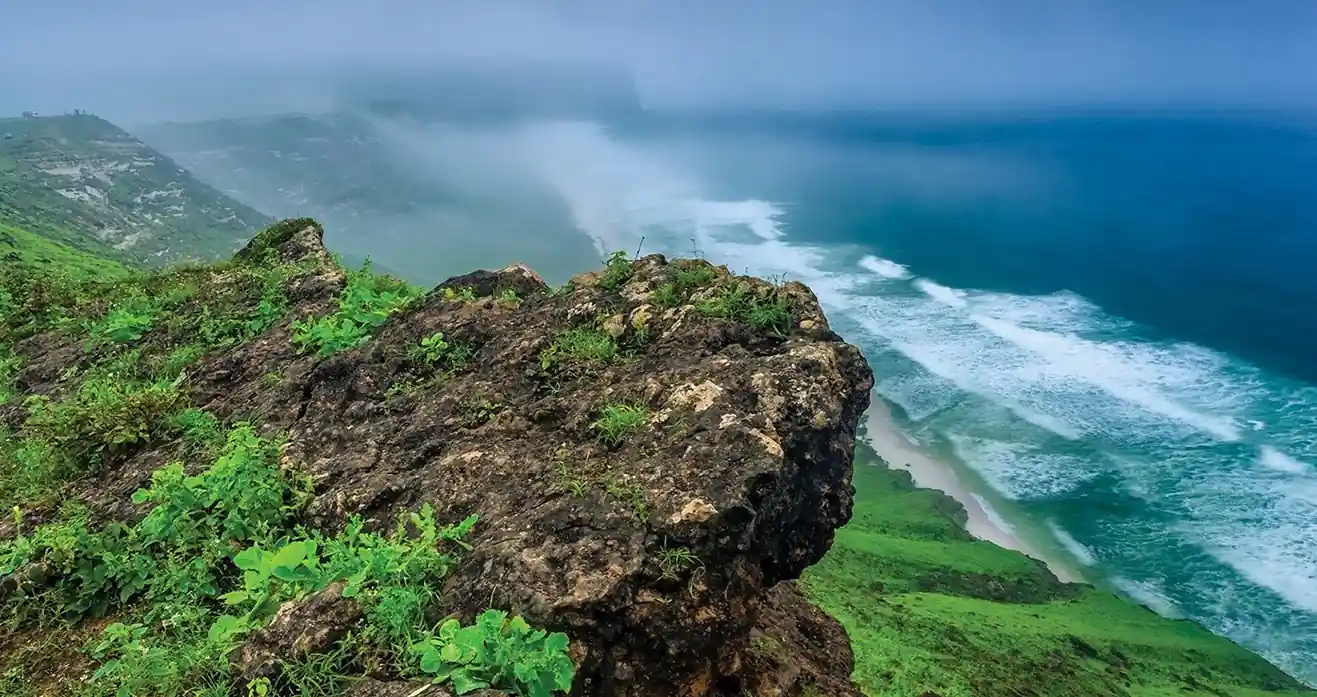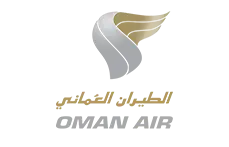Wadi Dawka Salalah, also known as Wadi Dawkah, is a captivating destination that offers visitors a unique blend of natural beauty and historical significance. Located in the Dhofar region of Oman, this wadi (valley) is renowned for its rich frankincense trees and has been recognized as a UNESCO World Heritage Site. For those planning a visit to this remarkable place, there are several key aspects to consider.
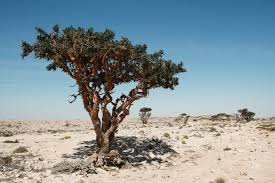
The Frankincense Trees of Wadi Dawka Salalah
One of the main attractions of Wadi Dawka Salalah is its abundance of frankincense trees. These trees, scientifically known as Boswellia sacra, have played a crucial role in the region’s history and economy for thousands of years. The frankincense produced from these trees was once considered more valuable than gold and was traded extensively throughout the ancient world.
Visitors to Wadi Dawka Salalah have the opportunity to see these ancient trees up close. The sight of these gnarled, twisted trunks growing out of the rocky terrain is truly awe-inspiring. Many of these trees are hundreds of years old, having survived in this harsh environment for generations. The resilience of these frankincense trees serves as a testament to the adaptability of nature.
During certain times of the year, visitors might even have the chance to observe the harvesting of frankincense. This process involves making small incisions in the bark of the tree, allowing the resin to seep out and harden into the valuable frankincense. This traditional practice has been passed down through generations and continues to this day.
Historical Significance of Wadi Dawka Salalah
The historical importance of Wadi Dawka Salalah cannot be overstated. This area, along with other frankincense-producing regions in Oman, was a key part of the ancient frankincense trade routes. These routes connected the Arabian Peninsula with civilizations in Mesopotamia, the Mediterranean, and beyond.
The frankincense trade brought great wealth and cultural exchange to the region. It influenced the development of ancient cities, trade networks, and even religious practices. The use of frankincense in religious ceremonies across various cultures highlights its significance beyond mere economic value.
UNESCO World Heritage Status
In recognition of its historical and cultural importance, Wadi Dawka Salalah, along with other frankincense-related sites in Oman, was inscribed as a UNESCO World Heritage Site in 2000. This designation underscores the global significance of the area and has helped to promote its conservation and study.
The UNESCO status has brought increased attention to Wadi Dawka Salalah, leading to improved preservation efforts and a greater understanding of its ecological and historical importance. For visitors, this means an opportunity to explore a site of truly global significance.
Landscape and Natural Beauty
Beyond its historical importance, Wadi Dawka Salalah offers visitors stunning natural beauty. The landscape is characterized by rugged hills, rocky outcrops, and the occasional oasis. The contrast between the harsh, arid terrain and the hardy frankincense trees creates a unique and memorable visual experience.
During the khareef season (monsoon), which typically occurs from June to September, the landscape undergoes a dramatic transformation. The usually dry wadi can become lush and green, with waterfalls and streams appearing seemingly out of nowhere. This seasonal change adds another layer of interest to Wadi Dawka Salalah, making it a destination that can offer different experiences depending on the time of year.
Wildlife in Wadi Dawka Salalah
While the frankincense trees are the stars of Wadi Dawka Salalah, the area is also home to a variety of wildlife. Visitors might spot various bird species, including eagles and falcons. Small mammals such as foxes and hyraxes also inhabit the area. For nature enthusiasts, this adds another dimension to the wadi’s appeal.
It’s important for visitors to remember that they are guests in this natural habitat. Observing wildlife should be done from a respectful distance, and care should be taken not to disturb the animals or their environment.
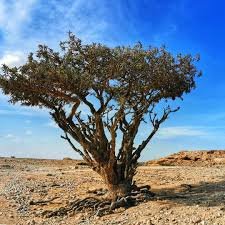
Planning Your Visit to Wadi Dawka Salalah
When planning a visit to Wadi Dawka Salalah, there are several factors to consider to ensure a safe and enjoyable experience.
Best Time to Visit
The best time to visit Wadi Dawka Salalah depends on what you want to experience. If you’re interested in seeing the landscape at its most lush and green, plan your visit during or just after the khareef season (June to September). However, be prepared for potential rain and cooler temperatures during this time.
For those who prefer drier conditions and don’t mind the heat, the winter months (October to April) can be ideal. The weather is generally more stable during this period, making it easier to explore the wadi.
Getting There
Wadi Dawka Salalah is located approximately 40 kilometers north of Salalah city. The most convenient way to reach the wadi is by car. Visitors can rent a vehicle in Salalah or arrange a tour with a local operator. The road to Wadi Dawka is paved and generally in good condition, making it accessible for most vehicles.
For those who prefer not to drive, there are organized tours available from Salalah that include transportation to and from the wadi.
What to Bring
When visiting Wadi Dawka Salalah, it’s important to come prepared. Here are some essentials to bring:
- Water: The area can be very hot and dry, so bringing plenty of water is crucial.
- Sun protection: Sunscreen, a hat, and sunglasses are essential to protect against the strong sun.
- Comfortable walking shoes: The terrain can be rocky and uneven, so sturdy shoes are a must.
- Camera: The unique landscape and frankincense trees offer plenty of photo opportunities.
- Light jacket or sweater: If visiting during the khareef season, temperatures can be cooler than expected.
- Snacks: There are limited facilities in the area, so bringing some food is advisable.
Respecting the Environment
As a UNESCO World Heritage Site and a fragile ecosystem, Wadi Dawka Salalah requires visitors to practice responsible tourism. This includes:
- Staying on designated paths to avoid damaging the frankincense trees or other vegetation.
- Not removing any plants, rocks, or other natural objects from the site.
- Disposing of any waste properly and not leaving litter behind.
- Respecting any local customs or restrictions that may be in place.
By following these guidelines, visitors can help ensure that Wadi Dawka Salalah remains preserved for future generations to enjoy.
Cultural Significance of Frankincense
Understanding the cultural significance of frankincense can enhance a visit to Wadi Dawka Salalah. Frankincense has been an integral part of Omani culture for millennia. It’s used in traditional medicine, as a natural air freshener, and in various religious and cultural ceremonies.
Visitors interested in learning more about the cultural aspects of frankincense might consider visiting the nearby Land of Frankincense Museum in Salalah. This museum provides in-depth information about the history and cultural importance of frankincense in Oman.
Local Communities and Frankincense Production
The frankincense trees in Wadi Dawka Salalah are not just a tourist attraction; they continue to play an important role in the local economy. Many families in the region have been involved in frankincense production for generations.
Visitors might have the opportunity to meet local frankincense harvesters and learn about their traditional techniques. Some tour operators offer experiences where visitors can watch the harvesting process and even purchase locally produced frankincense.
Supporting these local communities through responsible tourism can help ensure the continuation of these traditional practices and contribute to the local economy.
Research and Conservation Efforts
Wadi Dawka Salalah is not just a site of historical importance; it’s also an area of ongoing scientific research. Botanists and ecologists study the frankincense trees to better understand their biology and the challenges they face in a changing climate.
Conservation efforts are also underway to protect the frankincense trees and their habitat. These efforts include monitoring the health of the trees, controlling harvesting to ensure sustainability, and studying ways to propagate new trees.
Visitors interested in the scientific aspects of Wadi Dawka Salalah might find it fascinating to learn about these ongoing research and conservation efforts. Some tours offer insights into this work, providing a deeper understanding of the challenges and opportunities in preserving this unique ecosystem.
Nearby Attractions
While Wadi Dawka Salalah is a destination in its own right, there are several other attractions in the vicinity that visitors might want to explore:
- Salalah: The nearby city of Salalah offers a range of attractions, including beautiful beaches, historical sites, and traditional souks.
- Al Baleed Archeological Park: This UNESCO World Heritage Site features the ruins of the ancient port city of Zafar and a museum dedicated to the frankincense trade.
- Wadi Darbat: Another scenic wadi known for its waterfalls and lush vegetation during the khareef season.
- Taqah Castle: A 19th-century castle that provides insights into traditional Omani architecture and lifestyle.
- Khor Rori (Sumhuram): The ruins of an ancient port city that was once a major frankincense trading center.
These nearby attractions can be combined with a visit to Wadi Dawka Salalah to create a comprehensive itinerary exploring the natural and cultural heritage of the Dhofar region.
Photography in Wadi Dawka Salalah
For photography enthusiasts, Wadi Dawka Salalah offers numerous opportunities to capture stunning images. The gnarled frankincense trees against the backdrop of the rugged landscape create a unique and photogenic scene.
The changing light throughout the day can dramatically alter the appearance of the landscape. Early morning or late afternoon light can be particularly beautiful, casting long shadows and creating a warm glow on the frankincense trees.
During the khareef season, the misty conditions and lush vegetation provide a completely different photographic experience. The contrast between the green vegetation and the rocky outcrops can make for striking compositions.
When photographing in Wadi Dawka Salalah, it’s important to be respectful of the environment and any local customs. Always ask for permission before photographing people, and be mindful of any restrictions on photography in certain areas.
Visiting Wadi Dawka Salalah offers a unique opportunity to experience a landscape of great natural beauty and historical significance. From the ancient frankincense trees to the rugged wadi scenery, this UNESCO World Heritage Site provides visitors with insights into Oman’s rich cultural heritage and natural wonders.
By understanding the importance of this site, respecting the environment, and engaging with local communities, visitors can have a meaningful and enriching experience in Wadi Dawka Salalah. Whether you’re interested in history, nature, photography, or simply experiencing a unique landscape, Wadi Dawka Salalah has something to offer.
As you plan your visit, remember to consider the best time to go, prepare adequately for the conditions, and approach your visit with a spirit of curiosity and respect. With proper preparation and an open mind, a trip to Wadi Dawka Salalah can be a truly unforgettable experience, offering a glimpse into the ancient world of frankincense and the natural beauty of Oman’s Dhofar region.


